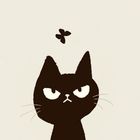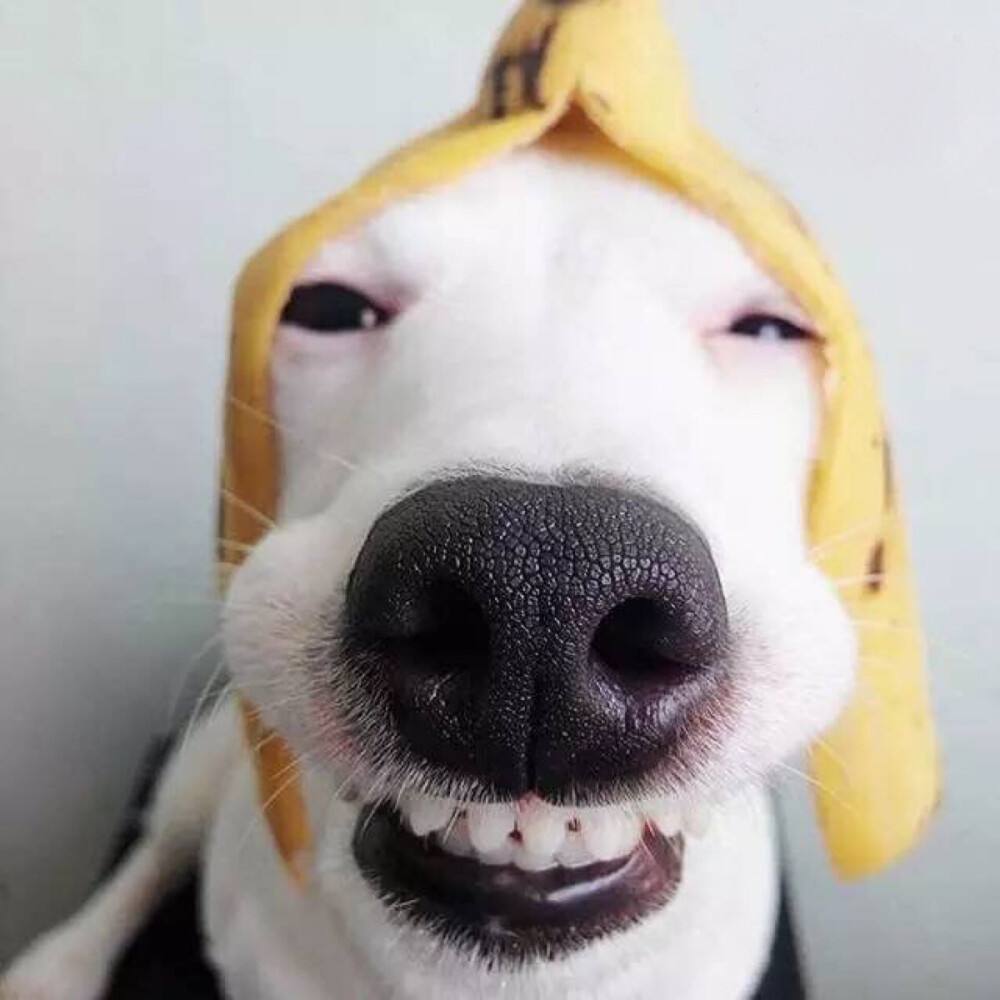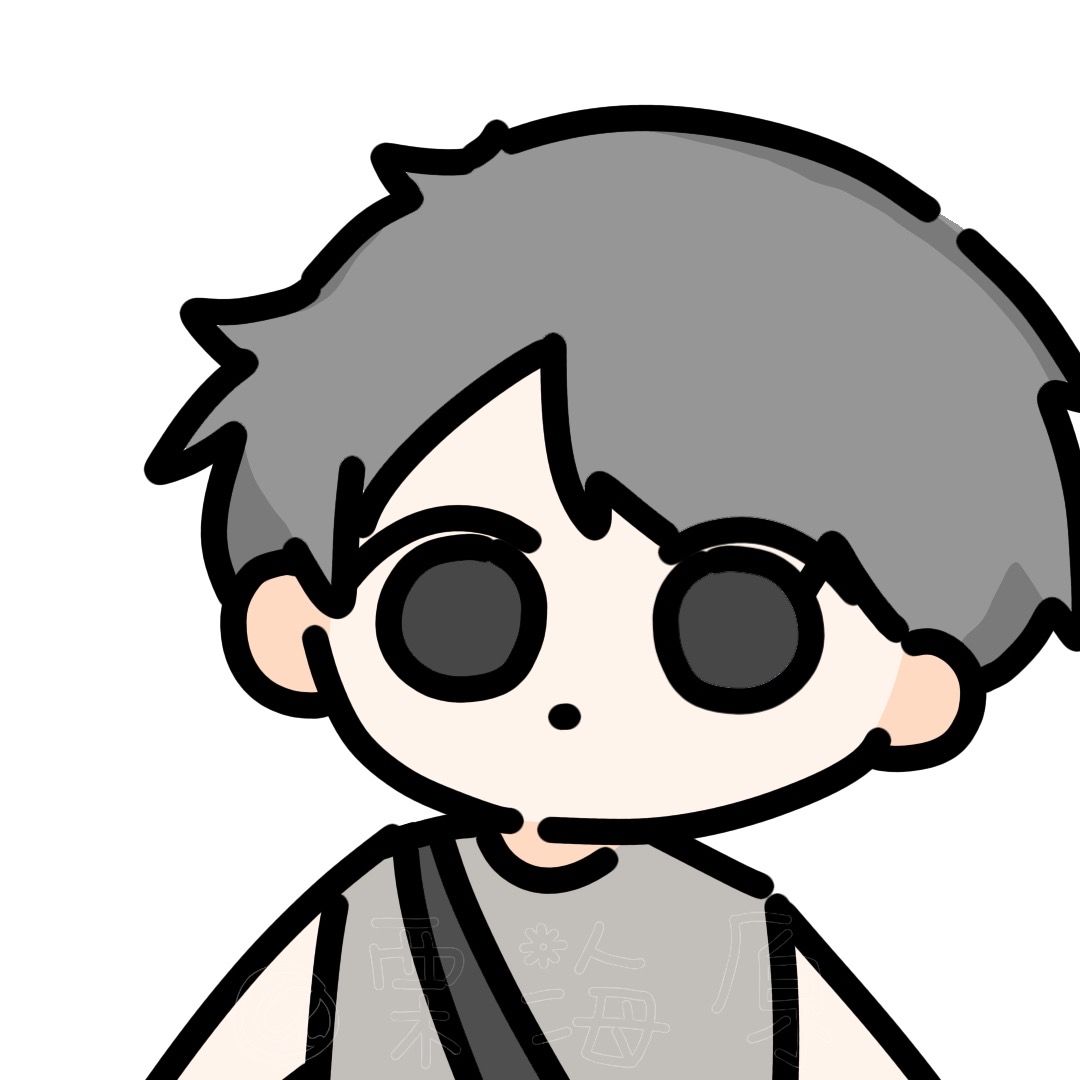 kven
kven -
The History of the Cocktail
The true creation of a popular cocktail can be traced to the nineteenth century. One early written reference to the term "cocktail" (as a drink based on spirits with other spirits and additives) can be found in an American magazine, The Balance, published in May 1806. It stated that a "Cocktail is a stimulating liquor, composed of spirits of any kind, sugar, water, and bitters..."
1860 to 1920 – California: The Birthplace of the First Cocktails
The cocktail"s fragmented history begins in the nineteenth century. One of the first modern cocktails to be named and recognized is the martini. It can be traced back to an 1862 recipe for the Martinez. This American recipe consisted of four parts sweet red vermouth to one part gin, garnished with a cherry. "Professor" Jerry Thomas tended the bar of the old Occidental Hotel in San Francisco and reputedly made the drink for a gold miner on his way to the town of Martinez, which lay forty miles to the east. The recipe for the Martinez in Thomas" 1887 bartender"s guide called for Old Tom gin, sweet vermouth, a dash of maraschino and bitters, as well as a slice of lemon and two dashes of gum syrup.
A modern day dry martini consists of gin and dry white vermouth, garnished with an olive. Obviously, gin has changed a lot since then, when it would have been relatively sweet compared to modern gins. Some even claim the martini was named after the Martini-Henry rifle used by the British army around 1870, as both the rifle and the drink had a strong kick!
What we do know is that by 1900, the martini had become known nationwide and had spread to the other side of the Atlantic. This is said by some to be the beginning of the golden age of cocktails. During this time a basic list of cocktails emerged and steadily became more and more popular.
1920 to 1933 - Prohibition in the USA
On January 16, 1920, the National Prohibition Act became the 18th Amendment to the United States Constitution. This meant it was illegal to manufacture, sell, transport, import, or export any "intoxicating liquors." Despite this, much of the general public still had ways to gain access to the illegal substance, often through speakeasies and private parties. Gangsters focused on bootlegging and moonshine, making Chicago a center of booze, gambling and prostitution. Al Capone was the most notorious crime boss and the power behind the illegal activities in Chicago during Prohibition. As a gangster and racketeer, Capone became one of the biggest bootleggers of all time.
The popularity of cocktails at that time was at least partly due to the need to cover up the bad taste of some of the crudely produced hooch smuggled by the bootleggers. Some of the cocktail recipes used today were invented in the days of Prohibition as cocktail recipes flourished in the illegal bars, parties and clubs of major American cities.
1934 to 1959 – The Margarita is Born
This period was one of great innovation. One of the most popular cocktails—the margarita—is said to have originated in 1948. A Dallas socialite named Margarita Sames purportedly hosted a poolside Christmas party at her vacation home in Acapulco, Mexico. The party game for Margarita was to mix drinks behind the bar and let her guests rate the results. When she mixed three parts tequila with one part triple sec and one part lime, it was such a success among her guests that it quickly traveled from Texas to Hollywood and the rest of the country, bearing her name.
Legend also says the drink originated in the early 1930s at the Caliente Racetrack Bar in Tijuana, Mexico. There is little evidence, though, for the story of showgirl Marjorie King who had an allergy to most alcoholic drinks and could only drink tequila. In 1938, she asked for a tequila cocktail rather than a shot at the Rancho Del Gloria Bar in Rosarita Beach, Mexico. The bartender, Danny Herrera, poured tequila over shaved ice then added lemon and triple sec. The drink was then named after Marjorie (or at least, the Spanish translation of her name).
1960 to Present – Commercialization and Innovation
In the second half of the twentieth century, the cocktail has taken on many guises as its popularity has flourished. Both literature and film have contributed to the images of wealth and class associated with the cocktail hour.
With the constant creation of new drinks (with some strange and interesting names), cocktails have become increasingly popular. With drink names such as the Freddy Kruger, pan galactic gargle blaster, Afternoon Delight and Sex on the Beach, it"s no wonder cocktails are all the rage.
 tt白
tt白 -
The History of the Cocktail
The true creation of a popular cocktail can be traced to the nineteenth century. One early written reference to the term "cocktail" (as a drink based on spirits with other spirits and additives) can be found in an American magazine, The Balance, published in May 1806. It stated that a "Cocktail is a stimulating liquor, composed of spirits of any kind, sugar, water, and bitters..."
1860 to 1920 – California: The Birthplace of the First Cocktails
The cocktail"s fragmented history begins in the nineteenth century. One of the first modern cocktails to be named and recognized is the martini. It can be traced back to an 1862 recipe for the Martinez. This American recipe consisted of four parts sweet red vermouth to one part gin, garnished with a cherry. "Professor" Jerry Thomas tended the bar of the old Occidental Hotel in San Francisco and reputedly made the drink for a gold miner on his way to the town of Martinez, which lay forty miles to the east. The recipe for the Martinez in Thomas" 1887 bartender"s guide called for Old Tom gin, sweet vermouth, a dash of maraschino and bitters, as well as a slice of lemon and two dashes of gum syrup.
A modern day dry martini consists of gin and dry white vermouth, garnished with an olive. Obviously, gin has changed a lot since then, when it would have been relatively sweet compared to modern gins. Some even claim the martini was named after the Martini-Henry rifle used by the British army around 1870, as both the rifle and the drink had a strong kick!
What we do know is that by 1900, the martini had become known nationwide and had spread to the other side of the Atlantic. This is said by some to be the beginning of the golden age of cocktails. During this time a basic list of cocktails emerged and steadily became more and more popular.
1920 to 1933 - Prohibition in the USA
On January 16, 1920, the National Prohibition Act became the 18th Amendment to the United States Constitution. This meant it was illegal to manufacture, sell, transport, import, or export any "intoxicating liquors." Despite this, much of the general public still had ways to gain access to the illegal substance, often through speakeasies and private parties. Gangsters focused on bootlegging and moonshine, making Chicago a center of booze, gambling and prostitution. Al Capone was the most notorious crime boss and the power behind the illegal activities in Chicago during Prohibition. As a gangster and racketeer, Capone became one of the biggest bootleggers of all time.
The popularity of cocktails at that time was at least partly due to the need to cover up the bad taste of some of the crudely produced hooch smuggled by the bootleggers. Some of the cocktail recipes used today were invented in the days of Prohibition as cocktail recipes flourished in the illegal bars, parties and clubs of major American cities.
1934 to 1959 – The Margarita is Born
This period was one of great innovation. One of the most popular cocktails—the margarita—is said to have originated in 1948. A Dallas socialite named Margarita Sames purportedly hosted a poolside Christmas party at her vacation home in Acapulco, Mexico. The party game for Margarita was to mix drinks behind the bar and let her guests rate the results. When she mixed three parts tequila with one part triple sec and one part lime, it was such a success among her guests that it quickly traveled from Texas to Hollywood and the rest of the country, bearing her name.
Legend also says the drink originated in the early 1930s at the Caliente Racetrack Bar in Tijuana, Mexico. There is little evidence, though, for the story of showgirl Marjorie King who had an allergy to most alcoholic drinks and could only drink tequila. In 1938, she asked for a tequila cocktail rather than a shot at the Rancho Del Gloria Bar in Rosarita Beach, Mexico. The bartender, Danny Herrera, poured tequila over shaved ice then added lemon and triple sec. The drink was then named after Marjorie (or at least, the Spanish translation of her name).
1960 to Present – Commercialization and Innovation
In the second half of the twentieth century, the cocktail has taken on many guises as its popularity has flourished. Both literature and film have contributed to the images of wealth and class associated with the cocktail hour.
With the constant creation of new drinks (with some strange and interesting names), cocktails have become increasingly popular. With drink names such as the Freddy Kruger, pan galactic gargle blaster, Afternoon Delight and Sex on the Beach, it"s no wonder cocktails are all the rage.
 牛云
牛云 -
伏特加系列:
英文:VODKA
俄文:Водка
伏特加语源于俄文的“生命之水”一词当中“水”的发音“вoда”(一说源于港口“вятка”),约14世纪开始成为俄罗斯传统饮用的蒸馏酒。但在波兰,也有更早便饮用伏特加的记录。
伏特加酒以谷物或马铃薯为原料,经过蒸馏制成高达95°的酒精,再用蒸馏水淡化至40°-60°,并经过活性炭过滤,使酒质更加晶莹澄澈,无色且清淡爽口,使人感到不甜、不苦、不涩,只有烈焰般的刺激,形成伏特加酒独具一格的特色。因此,在各种调制鸡尾酒的基酒之中,伏特加酒是最具有灵活性、适应性和变通性的一种酒。
俄罗斯是生产伏特加酒的主要国家,但在德国、芬兰、波兰、美国、日本等国也都能酿制优质的伏特加酒。特别是在第二次世界大战开始时,由于俄罗斯制造伏特加酒的技术传到了美国,使美国也一跃成为生产伏特加酒的大国之一。
皇冠伏特加伏特加酒分两大类,一类是无色,无杂味的上等伏特加;另一类是加入各种香料的伏特加(Flavored Vodka)。伏特加的制法是将麦芽放入稞麦、大麦、小麦、玉米等谷物或马铃薯中,使其糖化后,再放入连续式蒸馏器中蒸馏,制出酒度在75%以上的蒸馏酒,再让蒸馏酒缓慢地通过白桦木炭层,制出来的成品是无色的,这种伏特加是所有酒类中最无杂味的。
伏特加流行的牌子有:
Smirnoff、Stolichnaya、Stolovaya、Wyborowa、Moskovskaya、Finlandia Blue、Absolut
--------------------------------------------------------------------------------
每个人都有自己的故事!每当你遇到无奈.无助.悲伤与绝望
的时候我希望你可以坚强点!如果你跨过了这个槛!那么下个站一定
是你的幸福之站!因为你打败了你自己这个最大的敌人!相信自己明
天一定属于你
